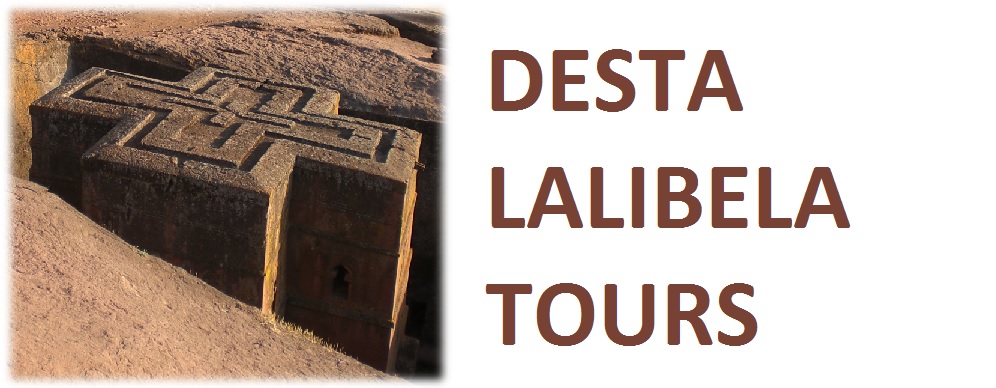8TH WONDERS OF THE WORLD: THE ROCK HEWN CHURCHES
Some writer says it's the 8th world wonder. Lalibela is a small town in the middle of the Ethiopian highlands. Its ancient name was Roha but later after king Lalibela it retained the name from the king. His name was Gebre Mesqel (also called simply "Lalibela", which means "the bees recognize his sovereignty" in Old Agaw) was negus or king of Ethiopia, and a member of the Zagwe dynasty; he is also considered a saint by the Ethiopian church. King Lalibela was given the name "Lalibela" due to a swarm of bees said to have surrounded him at his birth, which his mother took as a sign of his future reign as Emperor of Ethiopia. Tradition states that he went into exile due to the hostility of his uncle Tatadim and his brother king Kedus Harbe and was almost poisoned to death by his half-sister. Lalibela is said to have seen Jerusalem in a vision and then attempted to hew a New Jerusalem to save the life of his people who usually pilgrims to Jerusalem. Because of that everything around Lalibela is a representation of Jerusalem; all the churches are hewn beneath the earth.
Around Lalibela there are 11 clustered of rock hewn churches classified into 3 groups. The 1st group comprises six churches known as earthly Jerusalem. The 2nd group is known as heavenly Jerusalem, and the 3rd one is the beautiful one and hewn at last, dedicated to Saint George. The details about the construction of these 11 monolithic churches at Lalibela have been lost except the one source of document which is his hagiography which also tells the time of the construction completion. But historians argue it took 23 years all in general. His chief queen was Masqal Kibra, about whom a few traditions have survived. Some tradition states that she convinced king Lalibela to abdicate in favor of his nephew Na'akueto La'ab, but after 18 months of his nephew's misrule she convinced Lalibela to pass the reign to Lalibelas son Yitbarek. Late in the 13th century the Solomonic line consolidated and by the push of church power again shifted to more central Ethiopia by restoring the Solomon dynasty.
